The troubling question on the mind of many who have spotted them above is: why? Vegard Rabban had little doubt about what he was seeing when a strange red light appeared between his house and garage on Norway’s west coast one cold Friday night in late September.
The father-of-three, a salmon fisher and firefighter, had just driven his teenage son home from football practice when they were stopped in their tracks by something above in the clear Norwegian sky.
“Between the garage and the house I react to a strange light that is not normally there. Me and my boy see straight away it’s a drone,” he said. “We stand for two minutes and look and we see the red lights. I could see it was a very big drone. Maybe 1.5 metres wide.”
As a regular drone user, he was well aware of the restrictions near his home close to Ørland airport, a key base for Nato and the Norwegian air force.
It was unusual to see a drone flying at night. But it was not until the next morning, when he read about the drone incursions at Norwegian airports, that he started to think more about it.
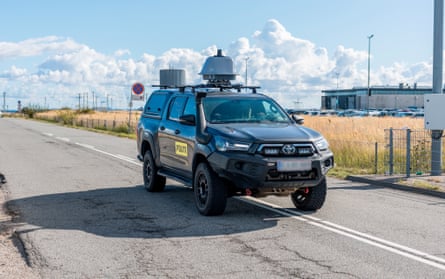
His sons were nervous. He tried to calmly explain. “As it stands now, we are far away from the war that’s happening but I think someone is watching us and trying to see how we react to drones,” he said.
Rabban says he is not personally afraid yet, but the sightings have already had some psychological effect on Norwegians. He believes the situation in Europe could escalate fast. “As more people see the drones, more people are asking what is happening. They are curious.”
Since three drones were shot down in Polish airspace last month, sightings of unmanned aerial vehicles have spread across Europe, including those that have closed major airports.
Mette Frederiksen, the Danish prime minister, addressed the nation after the closure of Copenhagen airport. “We are at the beginning of a hybrid war against Europe,” she said.
An incursion over Munich airport on Thursday forced air traffic control to suspend operations, leading to the cancellation of 17 flights and disrupting travel for nearly 3,000 passengers.
But these are just the sightings made public. The Guardian has learned that drones started to regularly appear late last year around the industrial parks of two major energy plants near Auvere and Narva, in eastern Estonia, close to the Russian border.
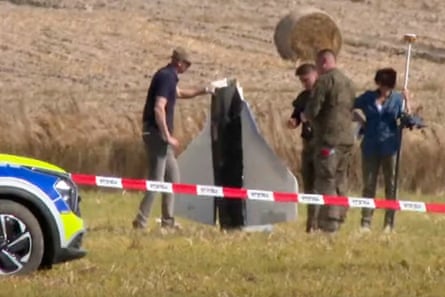
The first sightings came months before the Baltic states synchronised their electricity grids with the rest of Europe and cut ties with Russia and Belarus.
“This year we have confirmed 22 unregistered drone flights,” said Raine Pajo, chief executive of Enefit Power. “There has been no practical impact on our operations. We are also in close cooperation and contact with Estonian police and border guard board and monitoring the situation closely.”
It has yet to be confirmed that the drones were sent by order of the Kremlin. Russia predictably denies involvement. When asked this week by a mirthful moderator why the Russian president was sending drones over Denmark, Vladimir Putin laughed. “I won’t do it any more,” he said, adding that Nato was a “paper tiger”.
The most common explanation is that Moscow wants to test the capabilities of its Nato neighbours. “The provocations are regular,” said Egert Belitšev, the director general of the Estonian border force. “How to test our activities, how to test our abilities, how to test the reaction from our side.”
There is also a psychological impact that is less appreciated, said Dr Beryl Pong, who leads the Centre for Drones and Culture project at the University of Cambridge.
It brings the war into the relatively cosseted lives of western and northern Europeans, asking them whether this is something they want.
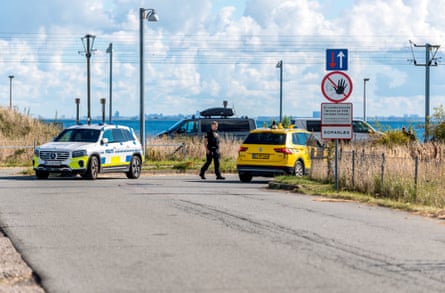
Earlier this year the Imperial War Museum hosted an immersive installation, Beware Blue Skies, which sought to illustrate the experience of being under drone surveillance.
Its title came from a 13-year-old boy in evidence to Washington lawmakers about the the psychological impact of living under drones in Pakistan.
“I no longer love blue skies … in fact, I now prefer grey skies. The drones do not fly when the skies are grey,” he said.
Pong said that much of academic research into drones focused on strikes and carnage and not enough on the insidious impact on those below.
She said: “I think the incursions are a way to spook and to provoke. So drones kind of operate in this grey zone where they assert their presence, their capabilities, they show that you’re vulnerable, but they don’t kind of yet tip into that full-scale aggression that we’re seeing in Ukraine and Russia.
“There’s that hint and that suggestion. We don’t yet know whether it is Russia, we have feelings it is, but there is still this plausible deniability … you don’t know what its motivations are, right? It could be benign or, you know, it could just kind of be the end of your life, right there.”
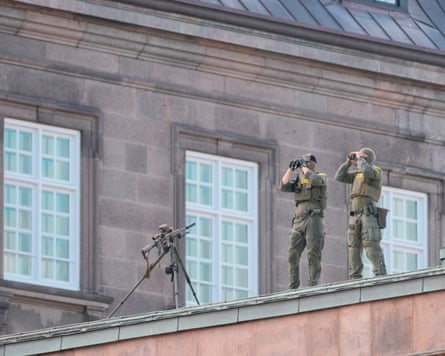
Dr Richard Carter, who worked with Pong on the project, said that since man used flight in war, one of the consequences was to “turn peaceful skies into a source of persistent threat”.
He said: “It certainly has a value in terms of probing what the security operators may do in response but also as a way of disrupting everyday life, disrupting how people see their everyday world, to suddenly see it being threatened by these unknown objects.”
The incursions in Scandinavia also have an informative historical context, said Dr Robert Bartholomew, a senior lecturer in the department of psychological medicine at the University of Auckland.
“It has been said that history doesn’t repeat itself, but it rhymes – and what we are currently seeing over northern Europe is the rhyming of history,” he said. “There is a long history of UFO scares over this region where the culprit was believed to have been either Russia or the former Soviet Union.”
During the 1930s it was “ghost planes” that caused panic, believed to be hostile Soviet aircraft on reconnaissance missions as a prelude to an invasion.
“Many of these reports correspond with known astronomical objects like Venus low in the horizon,” said Bartholomew. “No aircraft of the time could have remained aloft for the periods that it was often observed. Fast forward to 1946 and northern European countries were panicking over mass sightings of ‘ghost rockets’.”
After the second world war, Russian troops occupied Peenemünde, the former centre of Nazi rocket science. The sightings were attributed to the Soviets deliberately firing rockets to intimidate neighbouring countries.
“We now know that the ‘ghost rocket’ flap coincided with a rare confluence of two events: geomagnetic comets and unusually high solar activity, which generated an array of spectacular auroras and amplified the appearance of meteors streaking across the sky,” said Bartholomew.
“Then you get to the 1970s and 80s and there were the USO reports – unidentified submerged objects thought to have been Soviet submarines.
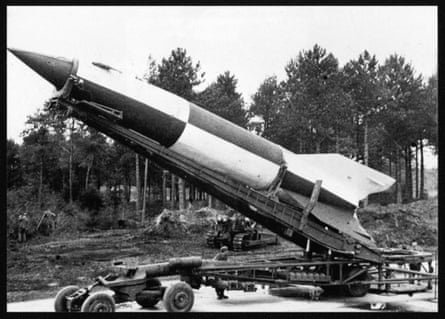
“However, they were omnipresent and the vast majority could not possibly have been Soviet subs – there were just too many reports; people were seeing them everywhere.”
The drone sightings of 2025 cannot be said to a figment of anyone’s imagination but Bartholomew said they were being experienced amid a “perfect storm of geopolitical tensions stoked by Russian aggression and anxieties over the unpredictability of longtime Nato ally the United States under Donald Trump”.
“Suddenly, many European countries like Denmark are feeling more vulnerable than they have in recent memory,” he said.
“Within this atmosphere, what we are seeing is a collective anxiety attack where the sky has become a social barometer of the times, driven by the fallibility of human perception and fear.
“It’s almost autumn and the days are getting shorter, which means more hours of darkness which should not be underestimated as it contributes to the ambiguity … it cannot be good for anyone with an anxiety disorder.”

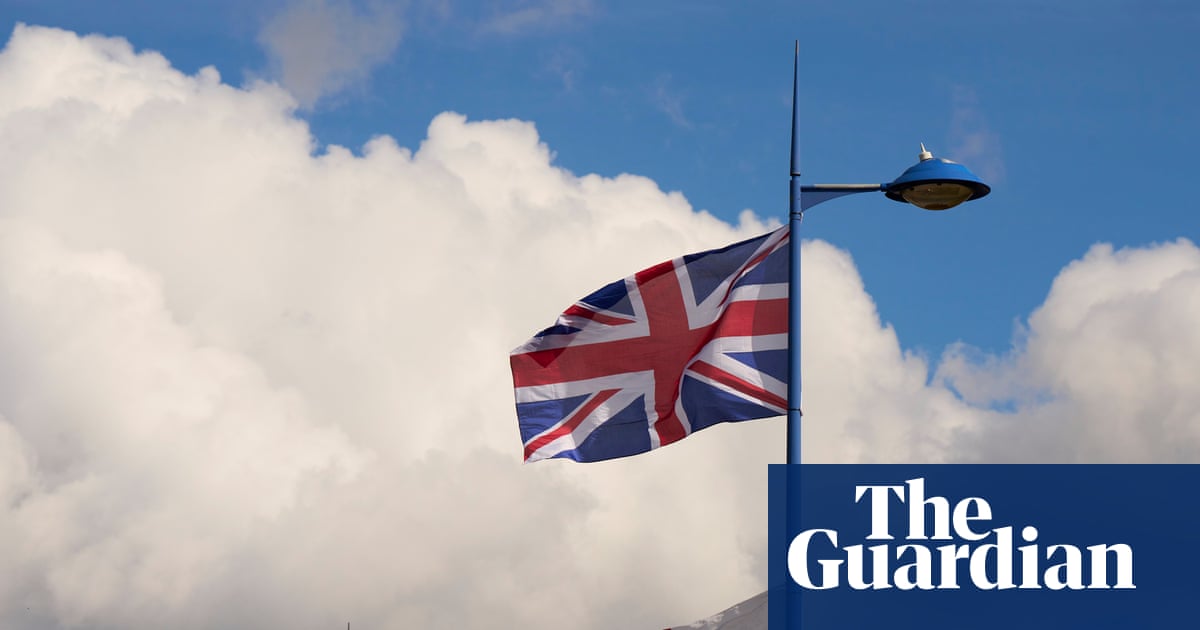



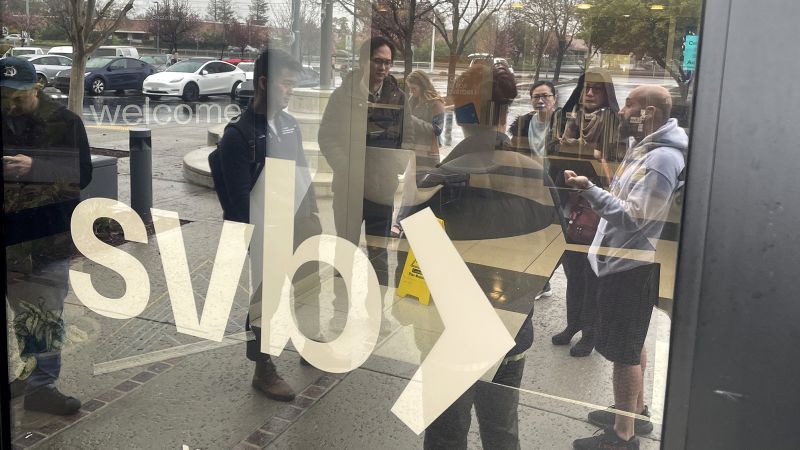

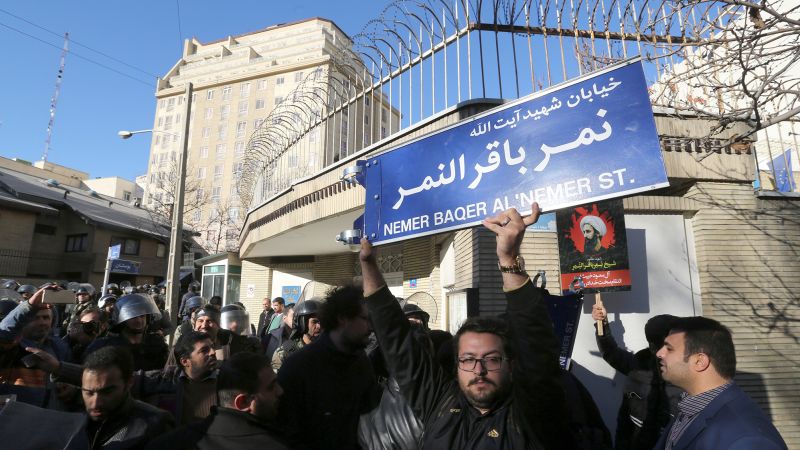
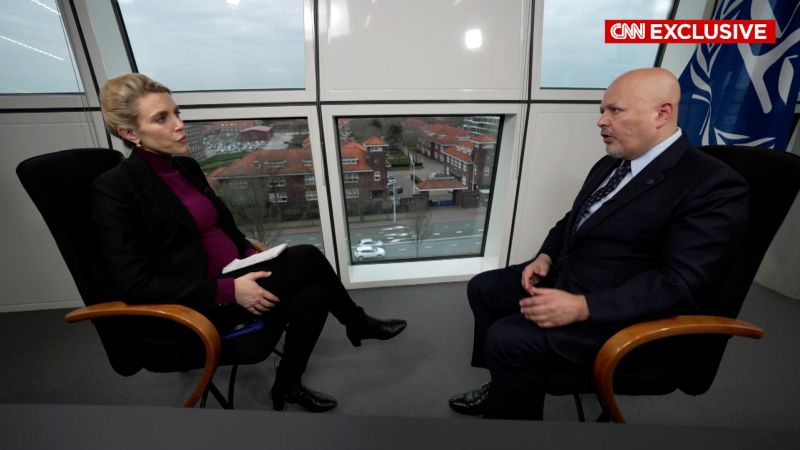
 English (US)
English (US)